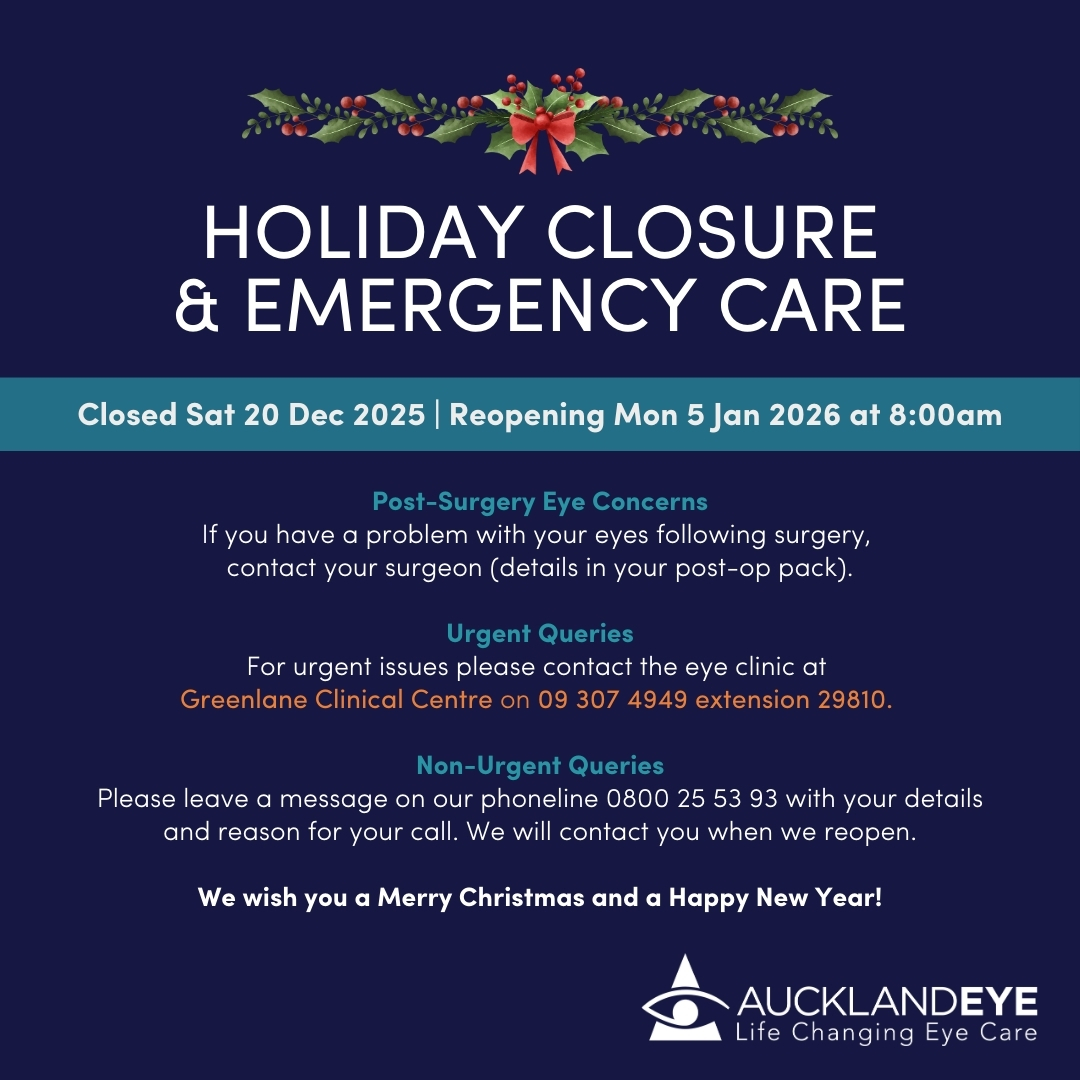Red Eyes: Common Causes and When To Take Action
Red eyes are common and often harmless, but sometimes signal serious eye conditions—knowing when to seek care can help protect your vision.

Having an operation on your eyes can sound daunting, but modern ophthalmology has made eye surgery safer, quicker, and more effective than ever before. These procedures are designed to restore vision, relieve discomfort, and treat conditions that, if left unmanaged, could threaten sight. For many people, an eye operation is life-changing, giving them the freedom to see clearly and live more confidently.
Cataract surgery is the most common operation for eyes worldwide. A cataract occurs when the natural lens becomes cloudy, causing blurred or dimmed vision. During surgery, the cloudy lens is removed and replaced with a clear artificial lens. The procedure is quick, usually painless, and most patients notice a dramatic improvement in vision within days.
Glaucoma is caused by increased pressure inside the eye, which can damage the optic nerve over time. If medications or drops are not enough, a surgical procedure may be needed to reduce eye pressure. Options include laser treatments, trabeculectomy, or minimally invasive glaucoma surgery (MIGS). These operations help prevent further vision loss.
Laser eye surgery is one of the best-known operations for correcting refractive errors such as short-sightedness, long-sightedness, and astigmatism. Procedures like SMILE Pro and LASIK use precise laser technology to reshape the cornea, allowing light to focus correctly on the retina.
The retina is the light-sensitive layer at the back of the eye, and problems here can severely affect vision. Retinal operations treat conditions such as retinal detachment, macular holes, or diabetic eye disease. These delicate surgeries are performed under a microscope and can help preserve or restore vision when urgent treatment is needed.
Not all eye surgery is about the eyeball itself. Droopy or heavy eyelids can block vision and make the eyes feel tired. Blepharoplasty removes excess skin or fat from the eyelids. While often done for cosmetic reasons, it can also restore clear sight and improve comfort.
Before an operation for eyes, your ophthalmologist will carry out a full eye assessment, explain the procedure in detail, and answer your questions. Preparation may involve:
Feeling nervous before surgery is natural, but most modern eye operations are quick, with minimal discomfort.
Most eye surgeries are outpatient procedures, which means you can go home the same day. Recovery times vary depending on the type of surgery, but general aftercare includes:
Follow-up appointments are important to make sure your eye is healing properly and your vision is improving as expected.
Technology is rapidly advancing in ophthalmology. Femtosecond lasers, advanced intraocular lenses, robotic assistance, and AI-driven diagnostics are making eye surgeries more precise, more personalised, and safer. Patients can look forward to even better outcomes, shorter recovery times, and more treatment options in the future.

👁️ Takeaway: An operation for eyes is not just about correcting vision, it’s about restoring a person’s quality of life. Whether it’s cataract removal, laser vision correction, or treatment for more complex conditions, modern eye surgery offers life-changing benefits. If you are considering surgery, the first step is to consult a specialist who can recommend the right option for you and your unique eyes.
📞 Call us on 0800 25 53 93
🌐 Let Auckland Eye bring clarity to your life, book online and visit the clinic nearest to you.

Red eyes are common and often harmless, but sometimes signal serious eye conditions—knowing when to seek care can help protect your vision.

Many people notice their eyes feel drier, more irritated, or more tired over the holiday period and it’s no coincidence.

Auckland Eye will be closed for the Christmas and New Year Break from Saturday, 20 December 2025 and will reopen on Monday, 05 January 2026 at 8:00am.